The Role of Technology in Modern Landscape Design: Trends and Innovations
Introduction
In the realm of landscape design, technology isn’t just a tool—it’s a transformative force. Embracing technological advancements has become pivotal in crafting outdoor spaces that harmonize with our ever-evolving needs and the environment. This blog takes a deep dive into how technology is revolutionizing modern landscape design.
Understanding Tech-Integrated Design
In landscape design, technology drives a transformative revolution, reshaping how outdoor spaces are envisioned and created. Advanced tools, powered by cutting-edge tech, analyze soil, climate, and lifestyle nuances, guiding every design choice. Plants are chosen for ecosystem compatibility, and technology influences the process from initial sketches to final selections, ensuring environmental harmony. This fusion of art and function crafts living extensions of the region’s identity, where innovation and mindfulness merge, transforming spaces into vibrant, living canvases where modernity meets nature’s serenity.
Trends Shaping Modern Landscapes
Integrated technology in landscape architecture combines soil analysis, climate data utilization, and plant selection to enrich outdoor spaces. Tools like soil sensors offer real-time insights for optimal plant choices and irrigation. Climate data informs sustainable plant selection, while databases catalog species for specific environments. Utilizing GIS, CAD, BIM, and remote sensing aids in planning and decision-making for sustainable landscapes globally. This integration improves design precision, predicts challenges, optimizes resource use, and creates resilient and visually appealing outdoor environments.
Sustainable Tech Solutions
Sustainable tech in landscape design focuses on eco-friendly innovations like renewable energy, green materials, and water conservation. It involves solar, wind, and hydroelectric solutions for energy, smart irrigation, and rainwater harvesting. Biodegradable materials, LED lighting, native plants, and low-impact design practices enhance sustainability. These efforts cut emissions, save resources, offer cost-efficiency, and create visually appealing, eco-friendly outdoor spaces, promoting well-being. Integrating these solutions ensures attractive and environmentally beneficial landscapes.
Client Collaboration and Personalization
Tech-driven landscape design prioritizes client collaboration and personalization using advanced tools like collaborative software, VR, and AR. These technologies enable real-time discussions and immersive design visualizations, empowering clients for active participation. Silicon Valley firms utilize digital tools for tailored experiences, leading to higher client satisfaction, better communication, and increased efficiency. This showcases how technology benefits landscape design through practical, client-centric approaches.
Challenges and Opportunities
Integrating technology in landscape design brings challenges such as initial costs, tool requirements, and learning complexities that may discourage some. However, technology offers enhanced efficiency, precise design visualization, and environmental benefits. It provides a competitive edge, unlocks new markets, and promises long-term cost savings. Embracing technology drives innovation in landscape design. Successfully addressing these challenges while leveraging technological opportunities is essential for its integration into modern practices.
Future Landscape Design: Predictions and Possibilities
The future of tech in landscape design envisions AI-assisted processes prioritizing environmental consciousness. AI-driven tools predict changing landscapes, integrating nature-inspired tech like self-healing materials. Sustainability thrives with regenerative designs and smart landscapes. Augmented reality aids real-time visualization, while therapeutic landscapes and collaborative platforms enhance well-being. This future combines innovation, sustainability, and human-centricity, fundamentally transforming outdoor spaces and our relationship with them.
Expert Insights and Recommendations
It’s vital to gather insights from industry experts in landscape architecture, technology, and sustainability for effective tech integration. Seek concise advice on selecting and seamlessly integrating suitable technology, emphasizing ongoing education, innovation, sustainability, and collaboration. This condensed guidance aims to empower professionals and homeowners in leveraging technology effectively for modern landscape projects.
Conclusion
The Impact of Technology on Contemporary Landscape Design: Current Trends and Innovative Developments” represents an ongoing journey at Julie Orr Landscape Design, where outdoor entertainment surpasses conventional boundaries. Our commitment to harmonizing aesthetics with practicality underscores our mission of converting outdoor spaces into ideal gathering spots. Click here to start your transformative journey today by visiting our website.
Additional Tips:
Explore these innovative technologies to elevate your outdoor living experience further. Discover the B-hyve Smart Indoor Irrigation Controller for efficient watering and Lighting Systems
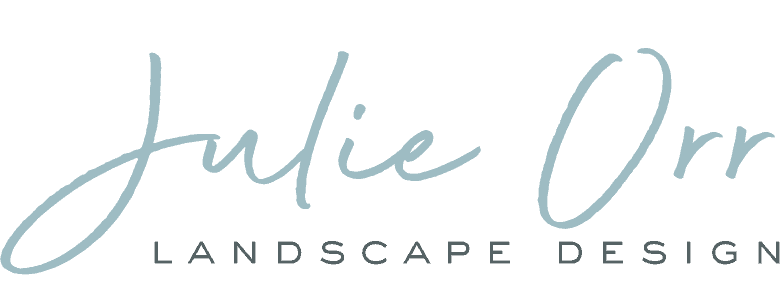
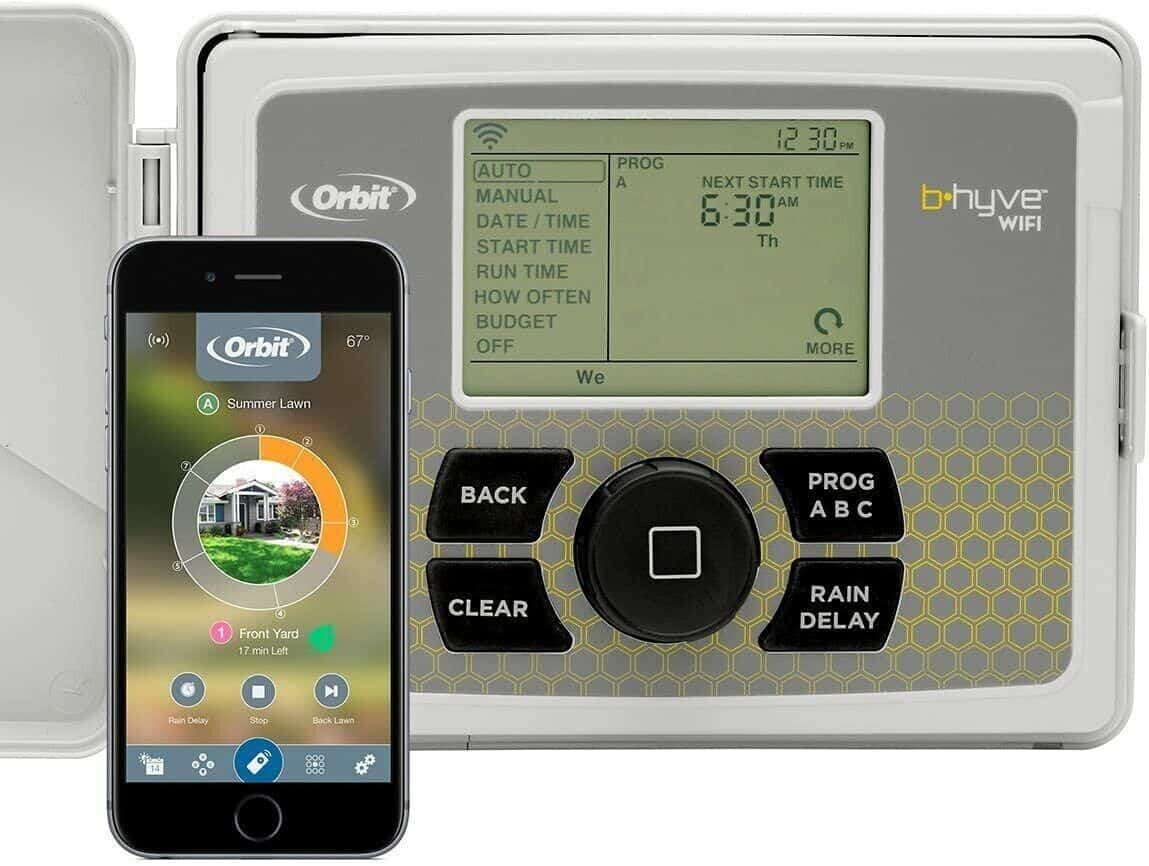
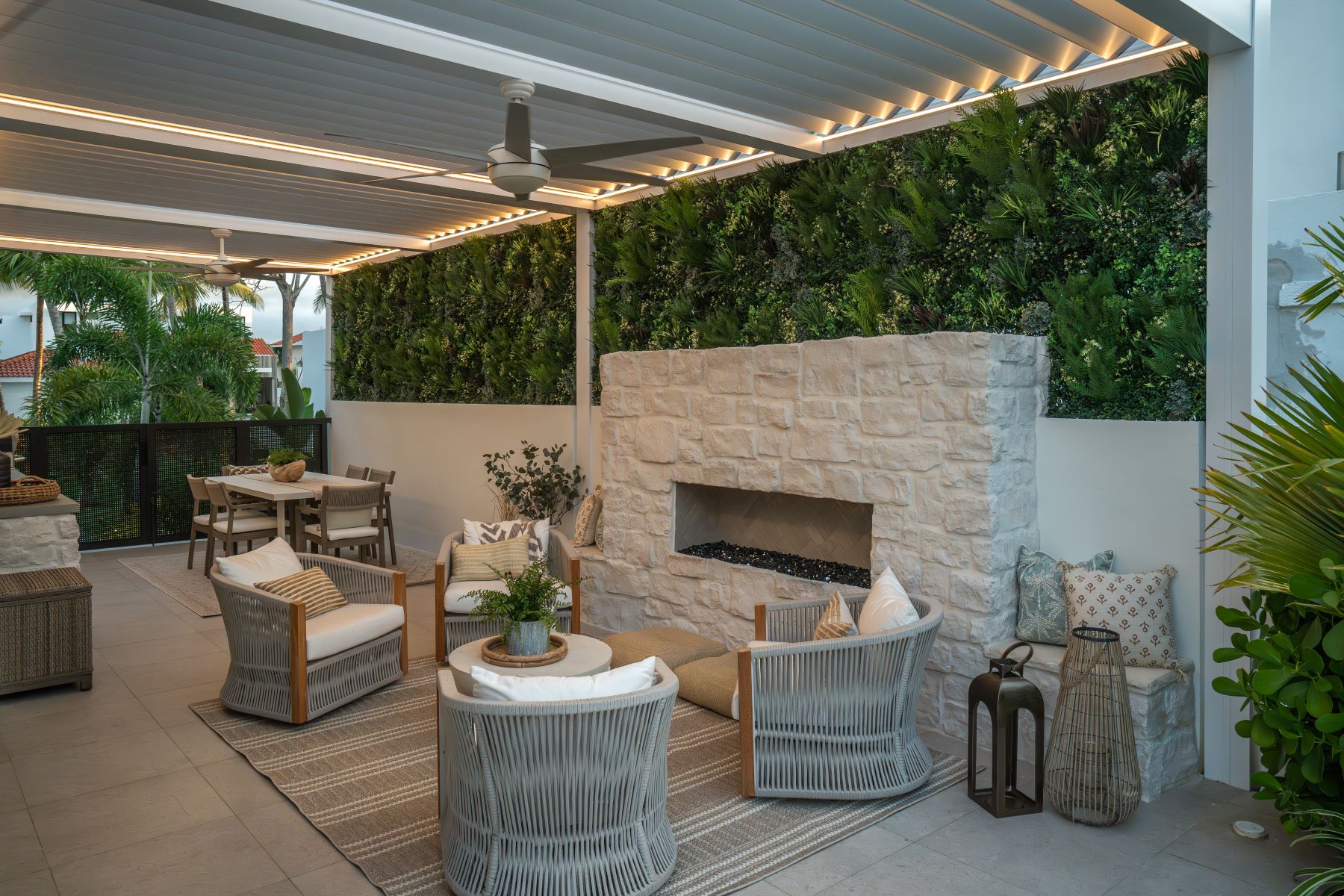
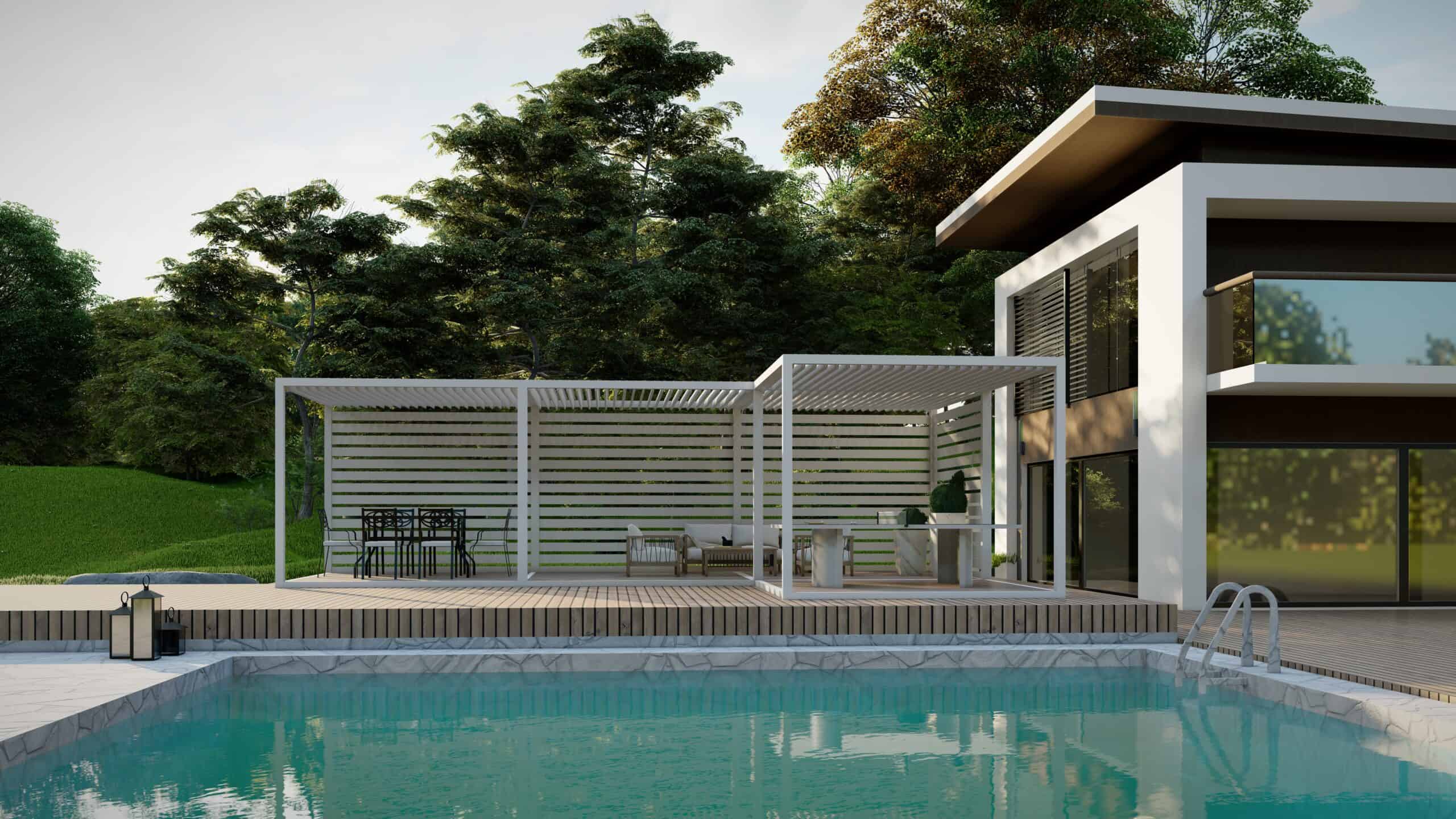
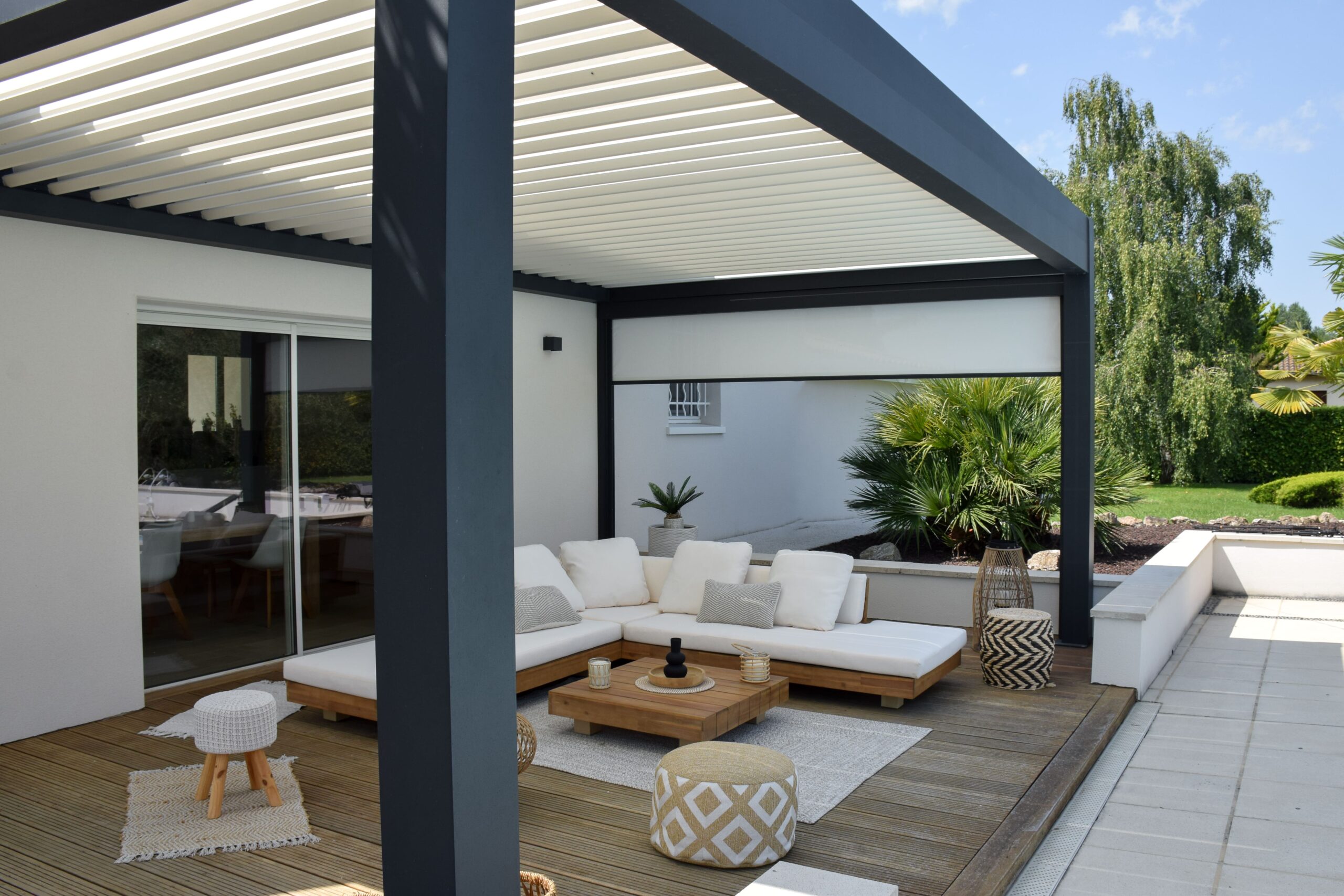
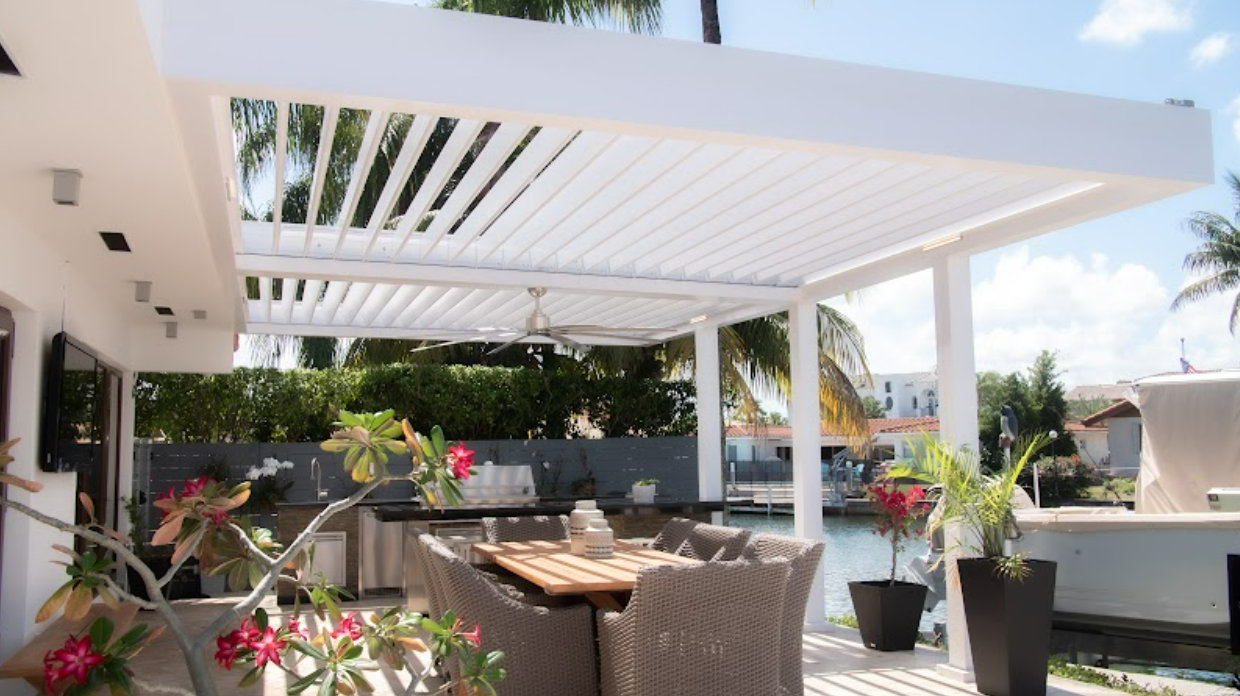
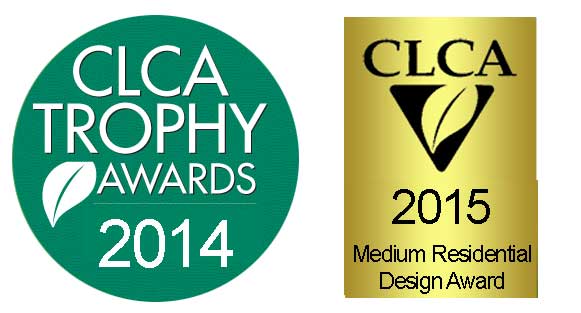

Leave A Comment